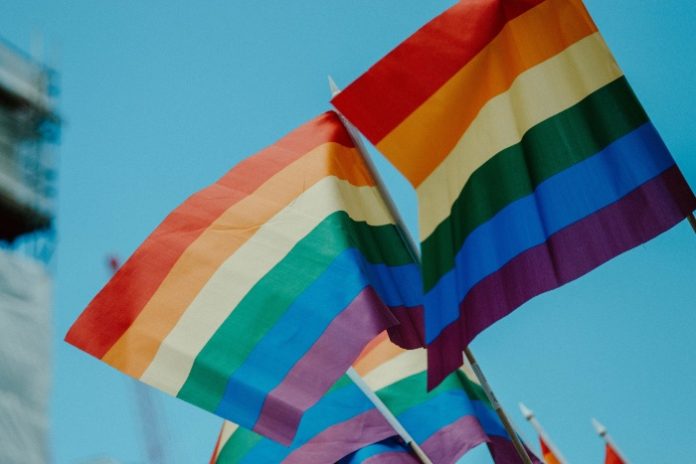For Joseph Galliano, Director of UK charity Queer Britain, museums signal what stories and communities we value. A new museum in London, dedicated to Britain’s LGBTQ+ history, will open in Spring 2022 and share the journey of a community whose history many had feared forgotten.

In 2013, the United Nations Human Rights Office launched the UN Free and Equal initiative, a global campaign against homophobia and transphobia. More than a third of the world’s countries criminalize consensual, loving same-sex relationships, entrenching prejudice and putting millions of people at risk. While progress has been made in many countries to advance civil liberties and freedoms, promoting equal rights and fair treatment of lesbian, gay, bisexual, transgender and intersex people remains a global challenge.
In the United Kingdom, the journey of the LGBTQ+ community has been an arduous one, which is why in February each year, the UK celebrates LGBT+ History Month. It presents an opportunity to increase visibility and raise awareness of social and political issues affecting the community nationally and internationally. Many people around the UK are eager to encapsulate and commemorate an array of legislative and civil rights battles, victories and movements that stem all the way back to the 1950s.

For LGBT+ History Month this year, UNRIC spoke to Joseph Galliano, Director & Co-Founder of Queer Britain, a charity that has just established the UK’s first LGBTQ+ museum in London.
Why is it important to collect and share LGBTQ+ members’ stories in a museum?
We’ve lost enough of our stories as it is. We need to recognise that those who have been silenced have a voice. We show people, who have had their self-esteem damaged systematically, that they are valued, that their lives are valued, interesting and deserve recording. So that we can understand where we’ve come from, so we can understand who we are, so we can all work together to imagine a best of all possible futures.
Why has a dedicated LGBTQ+ history museum never been established before in the UK?
There have been similar projects that I’ve been aware of over the last twenty years, but none which have gained the critical mass that this has. My guess is that the communities are a bit more aware of the importance of their own history and the importance of battling their previous erasure.
What has been some of the obstacles that Queer Britain have faced in the journey to establish the museum?
I think the sheer volume of work and the amount of people we’ve had to engage with. Also, to become credible, resilient, and sustainable, we set out to implement a rigorous governance structure and develop ourselves as a best practice charity, to understand our place within the LGBTQ+ communities, and the country more broadly.

Why is a physical space important to showcase LGBTQ+ history and culture?
Our stories need their own home where they can be tangibly encountered. When groups have been excluded, it is symbolically important that they are seen and can see themselves. It is also important, as we are losing more and more LGBTQ+ venues, that there are new types of spaces to build community around. This is good for cultural as well as mental health.
How have Queer Britain collected materials and artefacts for the museum?
In our early days we collected passively, people offered us things, but we have recently developed a collections policy with a fabulous group of curators and collectors, chaired by our trustee Katy Ashton, who is the Director of the People’s History Museum in Manchester. We are collecting all sorts, filmed oral histories, personal records and items, pop culture and activism artefacts. We want to celebrate and explore how people have lived and how we have insisted on our rights and what distance there is to travel.
What impact would you like the museum to have on members of the LGBTQ+ community and non-members?
We call this the LGBTQ+ museum for all, regardless of sexuality or gender identity. I keep returning to the image of the young person who has just come out to their parent or friend and it’s a place for them both to see themselves reflected, for them both to come away feeling a part of this exciting and brilliantly diverse and broad family.

For Queer Britain, LGBT+ History Month is a “catalysing moment which harnesses attention on fascinating and important stories” of individuals in the UK and around the world. For the LGBTQ+ community more broadly, Queer Britain offers them an opportunity to preserve and protect their culture, to step out of the margins of history books and take centre stage.
Additional Links:
Read more about Queer Britain and the LGBTQ+ Museum at 2 Granary Square on their website, Twitter and Instagram.
Keep up to date on the UN Free and Equal campaign on Instagram, Facebook and Twitter.

